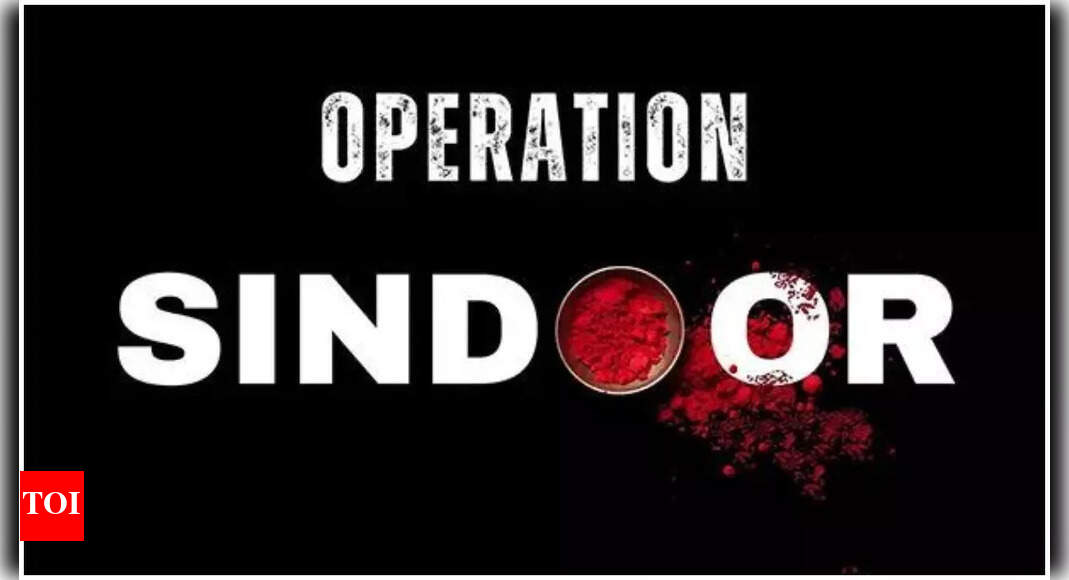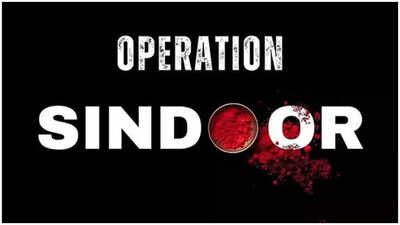NEW DELHI: Vice Leader of the Air Workforce Air Marshal Narmdeshwar Tiwari on Saturday mentioned that fewer than 50 guns had been fired at centered Pakistani army places, compelling Islamabad to request the cessation of army hostilities via mid-day of Might 10. Recounting the Operation SindoorAir Marshal Tiwari, all through the NDTV Defence Summit, mentioned that the IAF accomplished “whole domination” over the Pakistan army thru moves finished following Pakistan’s assault at the night time of Might 9 and 10. “I will have to inform you that it used to be a key takeaway for us that during not up to 50 guns, we had been in a position to succeed in whole domination. It has no longer took place earlier than,” Tiwari mentioned.The senior IAF officer, who performed a key position in Operation Sindoor, discussed that some Pakistani goals “taken out” all through the venture weren’t hit even all through the 1971 battle. “We made each and every weapon rely and that may be a tacit acknowledgement of the potential of our planners and those that finished the missions,” he added. India introduced Operation Sindoor on Might 7, concentrated on terrorist infrastructure in territories managed via Pakistan based on the Pahalgam terror assault. The moves resulted in 4 days of intense clashes, culminating in an settlement to halt army movements on Might 10. The Vice Leader of Air Workforce additional elaborated at the series of occasions associated with Operation Sindoor and offered graphic main points of India’s reaction to the April 22 Pahalgam terror assault. Air Marshal Tiwari mentioned that India used to be no longer susceptible to escalate the location following its moves on Pakistani terror infrastructure at the early morning of Might 7. “We anticipated a reaction and nonetheless saved it calibrated, and we engaged best army goals. But if the principle assault got here at the night time of Might 9-10, that used to be the time we determined that we had to pass and ship the suitable message. We hit them pan-front,” he remarked. “There have been goals which have been taken out, which have been no longer even taken out all through the 1971 battle. This is the type of extent and harm to capacity that we had brought about to them,” he mentioned, including that the IAF restricted its moves to simply army goals. The senior IAF officer defined that the aim at the back of the moves used to be to do away with Pakistan’s capacity and produce the “proper message”. He said that using long-range vectors to focus on enemy positions comes to dangers, however the IAF finished the venture flawlessly. “The precision concentrated on from this fluctuate may be very very very important as it is extremely dangerous for the reason that longer the vector, you’re feeling that there are extra probabilities of collateral harm.” “However to the credit score of our planners and credit score of people that finished the missions, we had been in a position to take out every goal exactly. We had been in a position to make sure there used to be no collateral harm. This isn’t a very simple sport,” he added. “You might have a long-range vector, however the paintings that is going at the back of making that vector or that weapon hit a goal as it should be is in fact an effort of the entire staff, no longer best the pilots who fired them. There are numerous other people at the flooring who make that occur,” he famous. Following the moves on terror infrastructure, India knowledgeable Pakistan of its want to not escalate the location, clarifying that the moves centered terrorist bases. On the other hand, as Pakistan initiated an army retaliation, India spoke back strongly.

